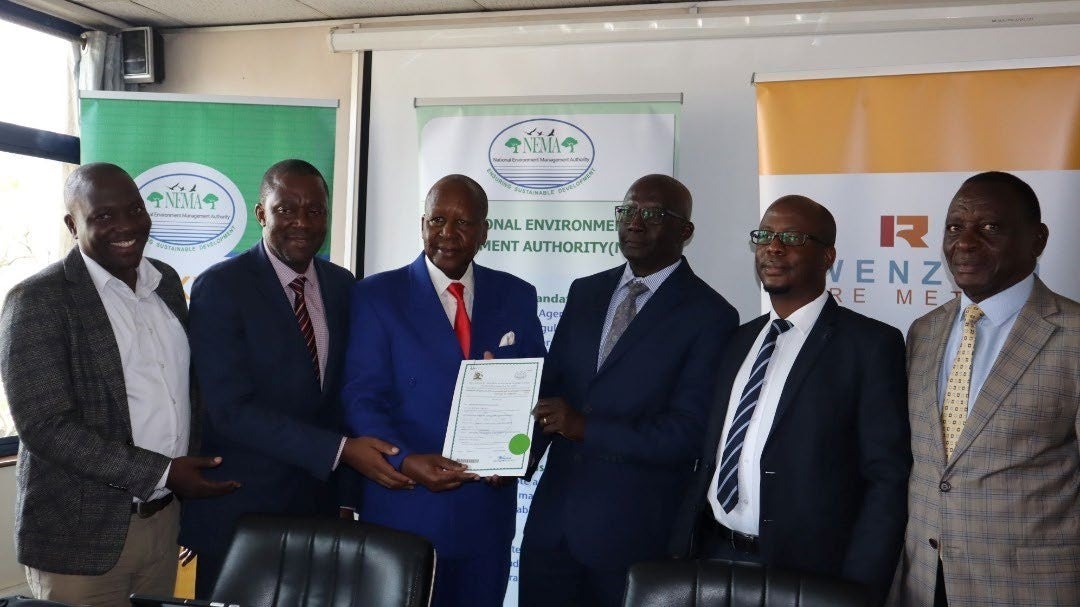
Australia-based mining company Ionic Rare Earths (IonicRE) has secured the environmental permit for the development of the Makuutu rare earth project in Uganda.
Uganda’s National Environmental Management Authority (NEMA) has approved the company’s Environmental and Social Impact Assessment (ESIA) for the project, which was submitted in December last year.
Rwenzori Rare Metals (RRM), a Ugandan company which is 51% owned by IonicRE, fully owns and is developing the Makuutu project.
IonicRE will increase its stake in RRM to 60%, subject to the completion of a Feasibility Study, which will support the Mining Lease Application by the end of this month.
IonicRE managing director Tim Harrison said: “I wish to start by thanking all Ugandan Government Ministers and officials for their support of the Makuutu Project and NEMA for their engagement, review, and approval of the ESIA.
“This is a significant milestone and vote of confidence by the Government and community groups – signifying the pivotal role Makuutu will play in the social, economic development and growth of Uganda.
“I would also like to convey my gratitude to the local stakeholder communities for embracing the Makuutu Project. The Project aspires to be a significant contributor over a long period of time in Uganda.”
Makuutu Rare Earths Project is an ionic adsorption clay (IAC) hosted rare earth element (REE) deposit, located 120km east of Kampala in Uganda.
The project is equipped with existing high quality infrastructure including roads, rail, power infrastructure and cell communications.
The Makuutu deposit is shallow, with less than 3m of cover over a 9m average thickness clay and saprolite zone which allows low-cost bulk mining methods with low strip ratio.
It stretches 37km in length and has demonstrated potential for a long life, low-cost capital source of magnet and heavy REEs.
The MLA for the project will focus on the Makuutu Central Zone (MCZ), located within RL 1693, and will provide the basis for initial mining at Makuutu, said IonicRE.
Harrison added: “My congratulations and thanks extend to the expanding Rwenzori team on the ground at Makuutu, who have worked tirelessly to engage and listen to the needs of local community groups, Kingdom representatives, members of the Bugweri, Mayuge and Bugiri districts and Ugandan Government officials.”
“This Project will set its sights on becoming Uganda’s flagship sustainable mine. Our vision is that Makuutu will provide global customers with an alternative supply of magnet and heavy rare earth elements needed for a Net-Zero Carbon world for 50 years and beyond.”






